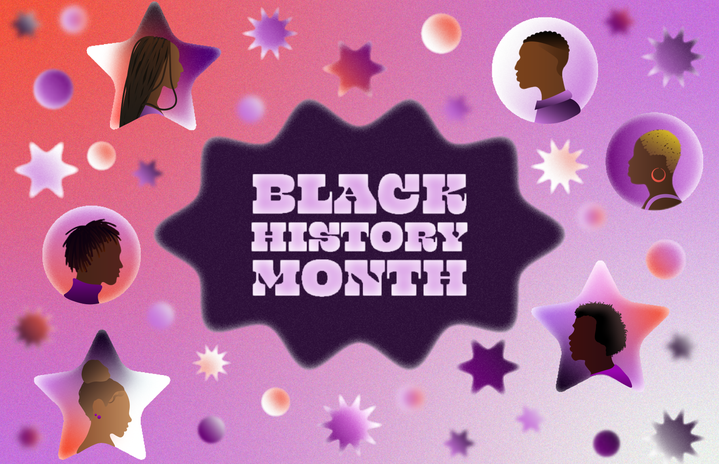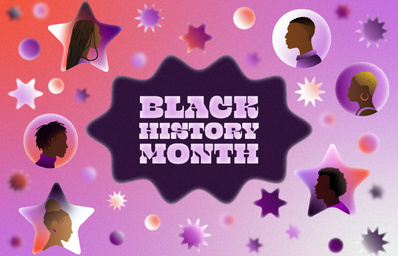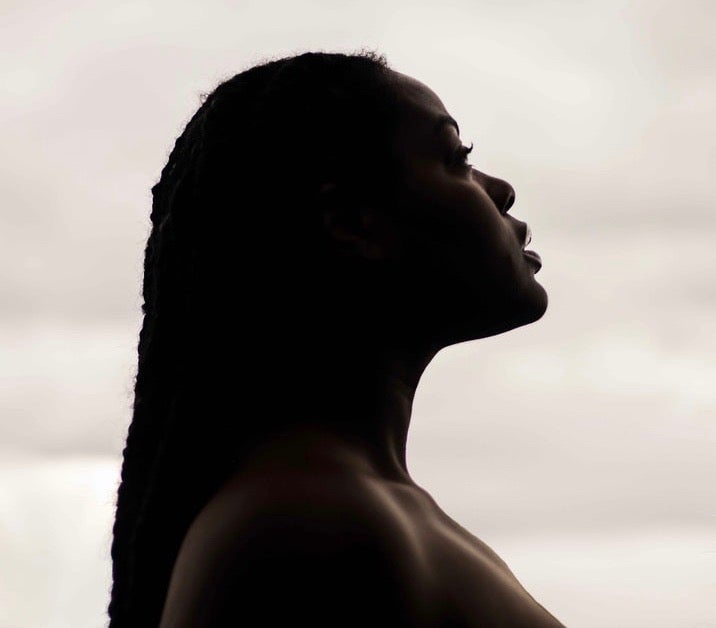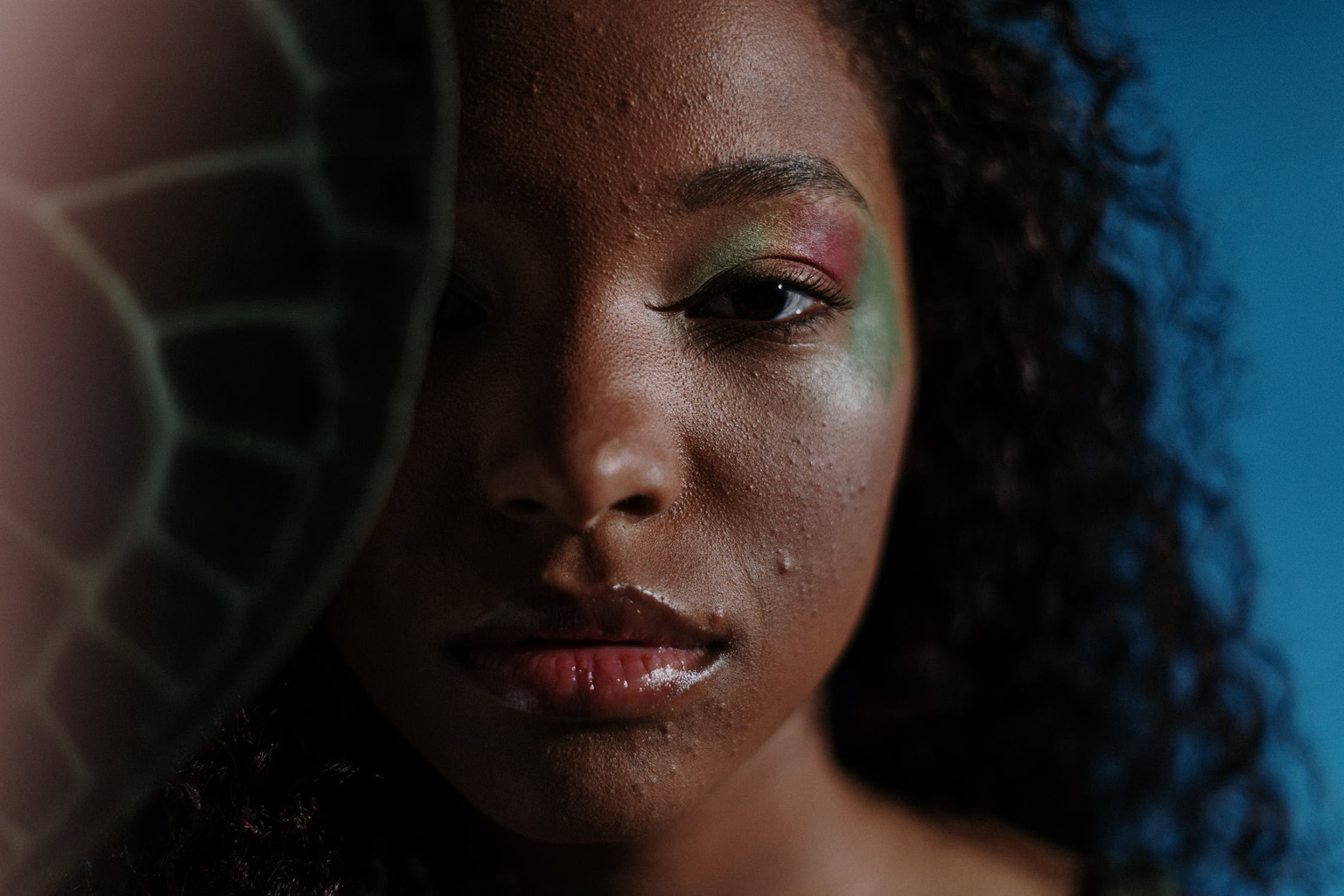Zora Neale Hurston is one of the many outstanding Black writers that society should celebrate & remember this February, & beyond.
Hurston was an American author, anthropologist, & filmmaker. She’s considered to be one of the pre-eminent writers of twentieth-century African-American literature, with her writing being focused on the race-based hardships she experienced during the early 1900s.
Out of all of her published pieces, her most striking story – in my opinion – is “How It Feels to Be Coloured Me”.
As a white person, I have the privilege of learning about the racial discrimination Black people & other people of colour encounter, rather than experiencing it.
Hurston has helped me use that privilege to educate myself on the experiences of Black people from their own perspectives.
What’s the purpose of Hurston’s piece?
Being open to learning about the hardships of anybody is something I will always do with an open heart & mind.
Throughout Hurston’s piece, she discusses how race can be more a matter of social reinforcement & a change in perspective, rather than a social construct. She believes that although it’s a popular belief that race is an essential or biological characteristic of an individual: She only saw herself as a person of colour if she was in a predominantly white situation.
Hurston never felt differentiated by her race until white people made her feel like she should be.
What did Hurston experience as a person of colour?
Hurston elaborates on the multiple racist encounters she experiences that lead her to start evaluating her identity. When Hurston moved to Jacksonville & began going to a new school there, she faced segregation for the first time, which exposed her to the concept of race & racial identities.
Hurston’s goal through writing “How It Feels to Be Coloured Me” was to describe the typical tendency for the African-American population to minimize their specific & unique racial identities in order to “fit in”.
Hurston concludes this story with an understanding of the beauty of her racial identity because she reaches the realization that all aspects of herself are beautiful just as they are, including her race.
Hurston saw the uniqueness of her race when she entered the basement of The New World Cabret with a white friend. She explained that she recognized her culture as soon as the jazz musicians start rambunctiously playing their instruments:
“I follow those heathens – follow them exultingly. I dance wildly inside myself; I yell within, I whoop; I shake my assegai above my head, I hurl it true to the mark yeeeeooww! I am in the jungle & living my jungle way. My face is painted red & yellow & my body is painted blue. My pulse is throbbing like a war drum.”
In this moment – where Zora feels alive – she looks at her white friend. “Good music they have here,” he remarks, lightly tapping on the wooden table, motionlessly & calmly sitting on his chair.
“The great blobs of purple & red emotion have not touched him. He has only heard what I felt. He is far away & I see him but dimly across the ocean & the continent that has fallen between us. He is so pale with his whiteness then & I am so coloured.”
“How It Feels to Be Coloured Me.”
Hurston’s realization of her confidence & self-pride is one to be celebrated. Her story is an example of how some perceive race to be something that emerges within certain social situations.
This Black History Month, let’s take a moment to recognize & appreciate Black writers who – through their stories – have helped others educate themselves on Black History.





